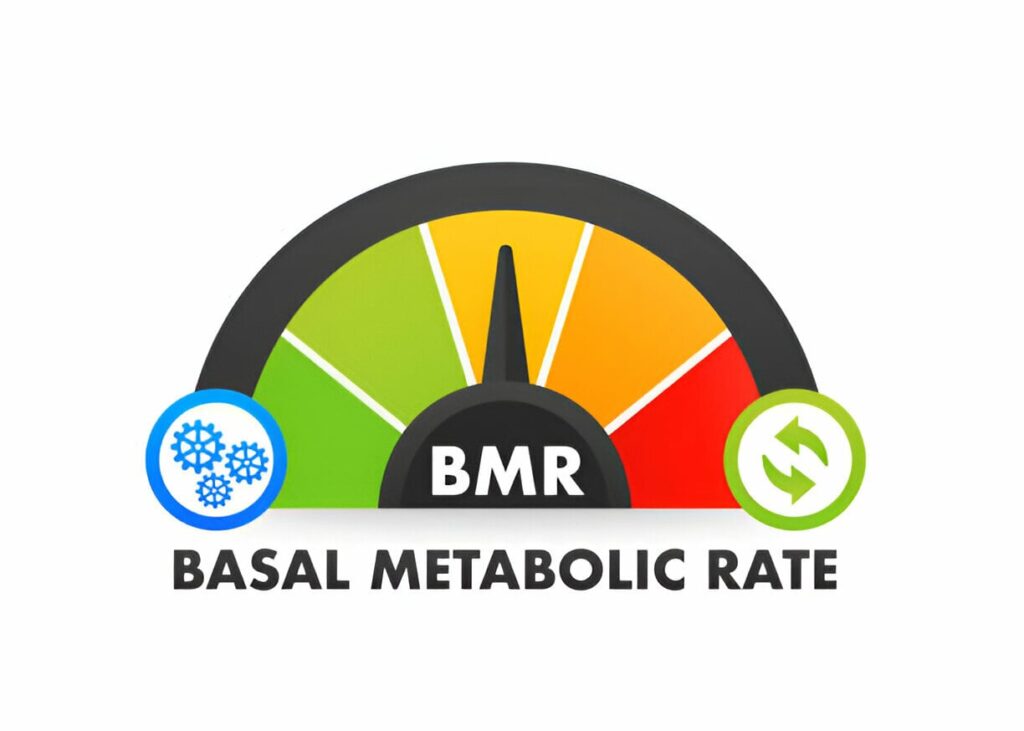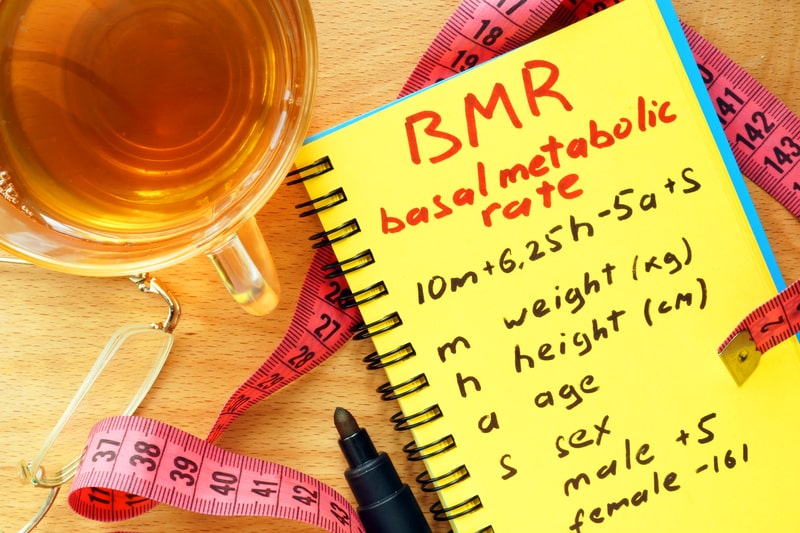In this article, you will know about basal metabolic rate BMR. As you know that the Body Mass Index (BMI) has become one of the most consumed measures to determine if a person is of normal weight, or is overweight or obese or to check body mass percentage.
It necessarily contains a measure of connection between the mass of a person and his height, calculated as a function of the operating mass (expressed in kilograms) divided by the square of the height (expressed in square meters). Then, this value is identified in the WHO classification of nutritional status according to BMR.
The value obtained is the person’s body mass index, which is not constant, but actually varies according to the age and gender of the person, the proportions of both muscle and adipose tissue.
However, as scientists like the mathematician Keith Devlin or his own advocate for Center for Consumer Freedom, this would actually be an unnecessary calculation for health assessment, although practical but still consistent in weight measurement inaccurate.
Therefore, over the years, other parameters and measures have been developed and can be very useful in this regard. This is the case with Basal Metabolic Rate (BMR or TMB). And is that we are faced with another useful parameter in dieting, although it is true that it tends to be less known than the body mass index.
Meaning of Basal Metabolic Rate BMR

It is comprised of the number of calories the body requires to function at its most basic level; that is to say at rest. In other words: it is the total of daily calories required to manage the basic functions of our body.
As with metabolism, basal metabolism bmr changes from person to person. Among some aspects that define the rate of basal metabolism, which reveals the amount of energy that each person expends while sleeping, they find age, gender, genetic factors, weight, height and type, and frequency physical activity.
This value always changes according to the muscle and fat percentage that the person has in their body: muscles burn three times more energy than fat, so the basal metabolic rate bmr of a person with a low percentage of fat will be larger than those with a high percentage of the composition.
In addition, diseases are another aspect that influences the rate of basal metabolism. For example, when someone has a fever, each time the temperature increases by 0.5 ° C, the rate increases by 7%. When the individual suffers from insufficient production of hormones by the thyroid gland, this rate decreases by 30 to 40%.
It is a good option to know how many calories our body burns without doing any type of exercise or additional physical activity.
It was created in 1919 by James Arthur Harris and Francis Gano Benedict. At that time, it was called the Harris-Benedict Method. Later, other methods appeared.
For the calculation, distinct personal factors are used, such as gender, age in years, height in cm and weight in kg.
How is the Basal Metabolic Rate BMR Calculated?

Calculating BMR
Although there are various ways to measure the basal metabolic rate, the most authentic is the Harris-Benedict equation revised in 1990 by Mifflin and St Jeor. Is the following:
In Men
TMB = (10 x weight in kilograms) + (6.25 x height in centimeters) – (5 x age) + 5
In Women
TMB = (10 x weight in kilograms) + (6.25 x height in centimeters) – (5 x age) – 161
As this computation reveals only the lower consumption of our body, it is now necessary to calculate the energy expenditure according to our lifestyle. And it is not the same thing to be a sports runner who, for example, works 8 hours a day in an office sitting at the computer.
For this, it is useful to calculate the daily intake of calories so that a person can maintain their current weight:
- No or little exercise: Daily calories required = TMB x 1.2
- Convenient exercise (1-3 days per week): Daily calories needed = TMB x 1.375
- Average exercise (3-5 days per week): Daily calories needed = TMB x 1.55
- Severe exercise (6-7 days per week): Daily calories needed= TMB x 1,725
- Very strong exercise (twice a day): Daily calories needed= BMR x 1.9
By doing this last calculation, we will know the calories we need to maintain our current weight and help us choose the diet that suits us best. On the other hand, it is also useful to know how much physical exercise we should include in our daily lives, for example, to lose weight. This article is written for informational objectives only. You cannot and should not replace consultation with a nutritionist. We advise you to ask your trustworthy nutritionist.
What is the Influence of Height and Weight in the Formula of Basal Metabolic Rate?
The greater the mass you have, the more strength you need to operate larger organs. This is why heavier and larger people have higher basal metabolism.
When you Lose Weight, Your MB Decreases and You Need Fewer Calories Per Day.
Conversely, if you increase your muscle mass, your MB increases and you burn more calories at rest.
Why does age enter the formula of BMR?
Basal metabolism decreases with age because muscle mass decreases by 5-10% every 10 years after the age of 30. Luckily, this is not unavoidable. Regular strength training helps limit this drop. The best exercises to maintain muscle mass are polyarticular. The isolation movements are not very effective.
Why is gender important to calculate basal metabolic rate?
Since body composition (muscle, bone and fat ratios) differs between men and women, studies show that the basal metabolism of women is generally 5-10% lowers than that of a man.
Basal metabolic rate: What should you know to lose weight?
BMR and losing weight
Most people think that basal metabolism is the key figure on which to base their calorie intake.
As explained above, the MB is the number of calories the body needs at rest. This does not include the calories you burn when walking, climbing stairs, playing sports, carrying a shopping bag, digesting food or anything else.
Once you have calculated your basal metabolism, add the calories you burn with all your activities during the day. This can range from 50% to 200% or more than your MB.
This number corresponding to daily energy expenditure (TDEE for Total Daily Energy Expenditure) is the exact number of calories that allows you to stay in balance taking into account all the parameters.

